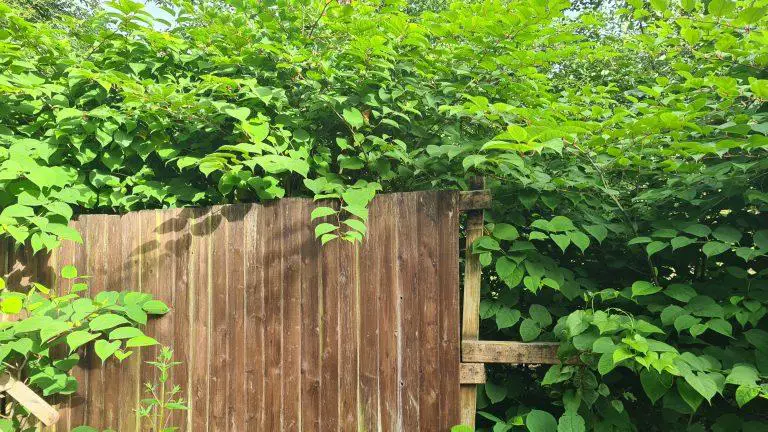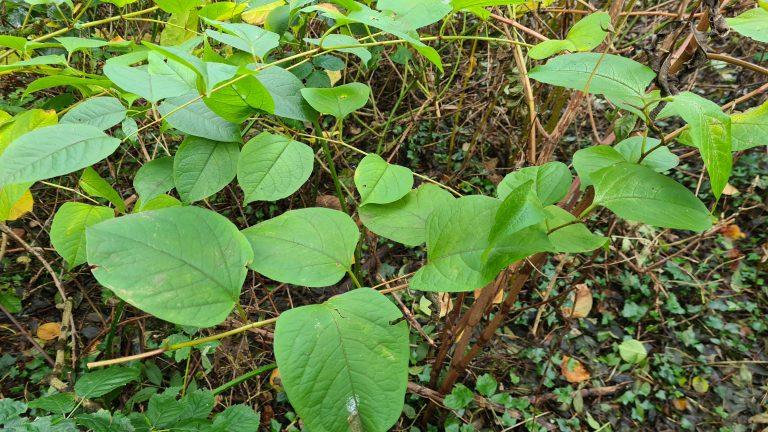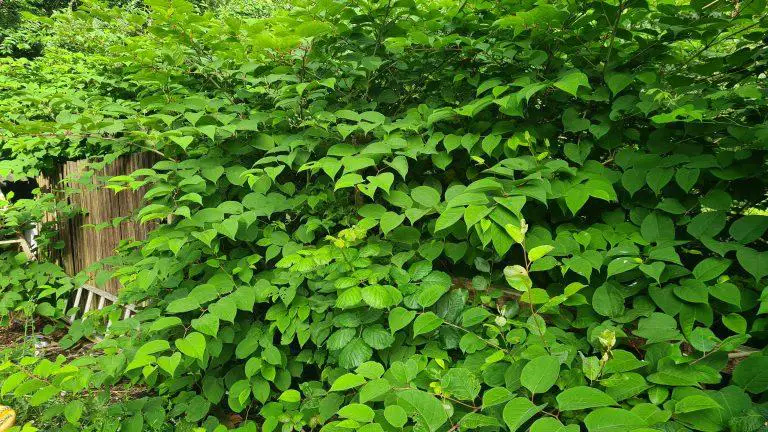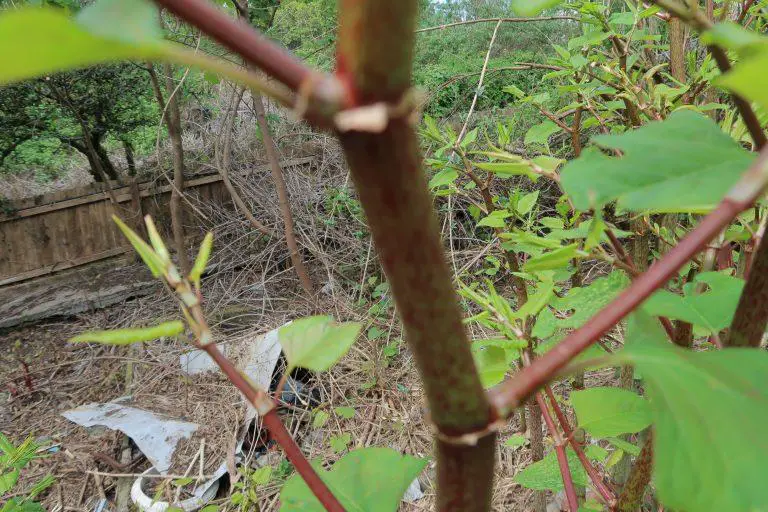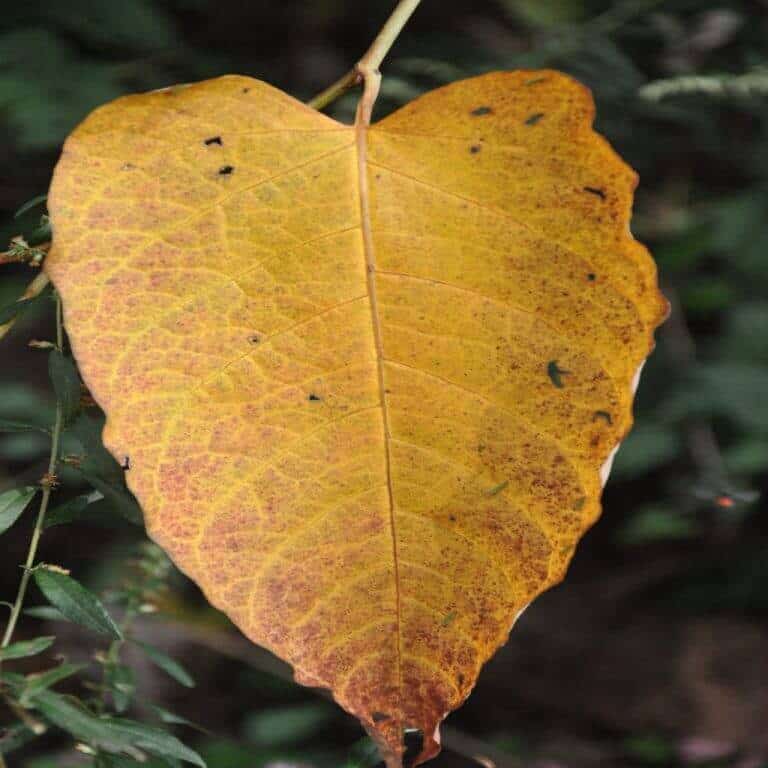If you’re a homeowner or gardener, you may have come across Japanese knotweed, a notoriously invasive plant that can cause damage to buildings and infrastructure. If left unchecked, this plant can quickly spread and cause significant damage to your property. Fortunately, there are several effective methods to treat Japanese knotweed, and we’ve compiled a list of the five best ways to get rid of this pesky plant.
The first step in treating Japanese knotweed is to identify the extent of the infestation. This can be done by examining the plant’s growth pattern and assessing the surrounding area for signs of spread. Once you’ve determined the extent of the problem, you can choose the most appropriate treatment method. The five methods we’ll discuss are herbicide treatment, excavation and removal, stem injection, basal bark treatment, and foliar spray. Each of these methods has its own advantages and disadvantages, and we’ll provide a step-by-step process for each one.
Whether you’re a homeowner, gardener, or property manager, it’s important to take Japanese knotweed seriously and take action to control its spread. By following our step-by-step guides for each treatment method, you can effectively treat Japanese knotweed and protect your property from damage. So, let’s dive into the five best ways to treat Japanese knotweed and get rid of this invasive plant for good.
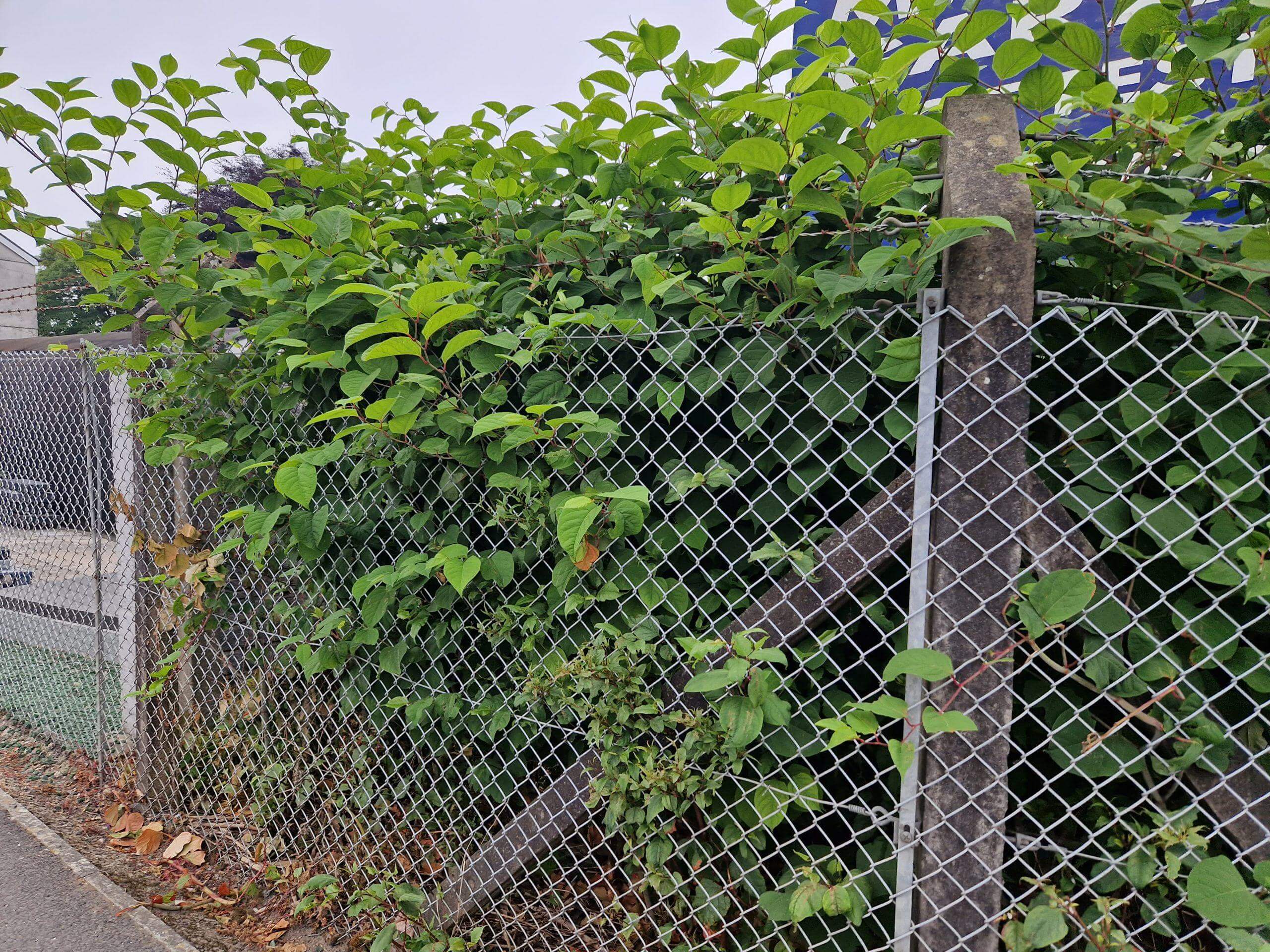
Identifying Japanese Knotweed
If you’re trying to treat Japanese Knotweed, the first step is to identify it. This invasive plant can be tricky to spot, especially in its early stages. Here are a few things to look out for:
- Stems: Japanese Knotweed has bamboo-like stems that are green or purple in colour. The stems are hollow and have a distinctive zig-zag pattern.
- Leaves: The leaves of Japanese Knotweed are large and heart-shaped, with a pointed tip. They are arranged in a zig-zag pattern along the stem.
- Flowers: Japanese Knotweed produces small, creamy-white flowers in late summer or early autumn. The flowers are arranged in clusters at the end of the stems.
- Rhizomes: The real giveaway when it comes to identifying Japanese Knotweed is its underground rhizomes. These are thick, fleshy roots that can grow up to 3 metres deep and 7 metres wide. They are reddish-brown in colour and have a distinctive orange core.
If you’re not sure whether you’re looking at Japanese Knotweed or another plant, it’s always best to seek expert advice. Japanese Knotweed is a highly invasive species and can cause serious damage to buildings, roads, and other structures if left untreated.
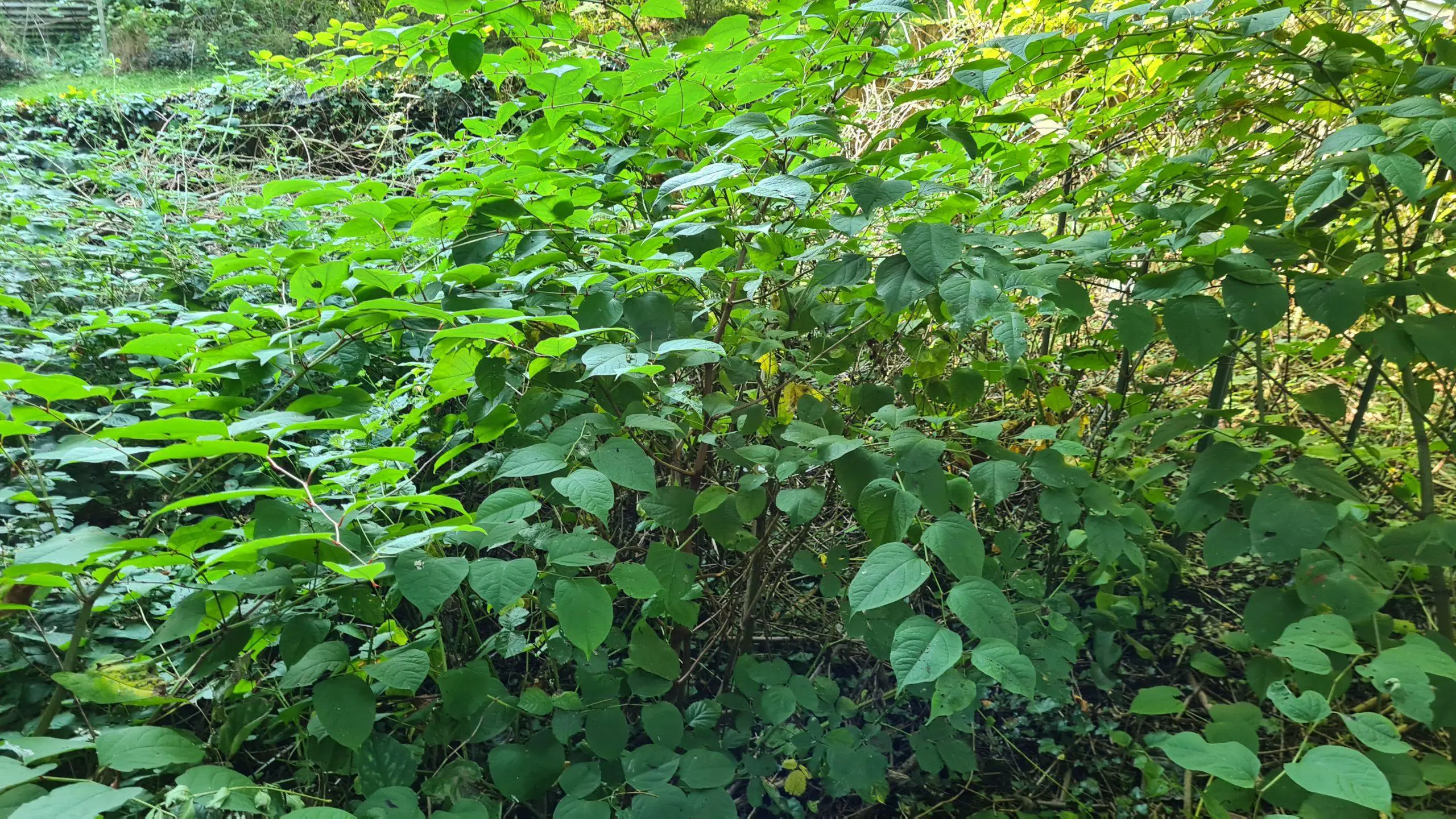
Control Methods
When it comes to controlling Japanese Knotweed, there are several methods available to you. Each method has its own advantages and disadvantages, and it is important to choose the right one for your particular situation. In this section, we will discuss the most common control methods for Japanese Knotweed.
Chemical Treatments
One of the most effective ways to control Japanese Knotweed is through the use of chemical treatments. Glyphosate-based herbicides are the most commonly used chemical treatments for Japanese Knotweed. These herbicides work by killing the plant’s leaves, which in turn kills the root system. When using glyphosate-based herbicides, it is important to follow the instructions carefully and wear protective gloves and clothing. It is also important to dispose of any controlled waste in accordance with regulations.
Excavation and Removal
Excavation and removal is another effective method for controlling Japanese Knotweed. This method involves digging out the entire root system of the plant and disposing of it as controlled waste. This method is best suited for small infestations, as it can be quite labour-intensive and expensive for larger areas.
Smothering and Covering
Smothering and covering is a non-chemical method of controlling Japanese Knotweed. This method involves covering the plant with a heavy material such as a tarp or rocks to prevent it from photosynthesizing. Over time, the lack of sunlight will weaken the plant, making it easier to remove. This method is best suited for small infestations and can take several years to be effective.
Pruning and Cutting
Pruning and cutting is a method of controlling Japanese Knotweed that involves cutting down the plant and removing any debris. This method is best suited for small infestations and can be done with pruning shears or a lawnmower. It is important to dispose of any debris as controlled waste.
Root Barriers
Root barriers are a method of controlling Japanese Knotweed that involves installing a barrier around the plant’s root system to prevent it from spreading. This method is best suited for areas where excavation is not possible, such as near buildings or roads. It is important to choose the right type of barrier for your particular situation and to install it correctly.
In conclusion, controlling Japanese Knotweed requires a multifaceted approach. Chemical treatments, excavation and removal, smothering and covering, pruning and cutting, and root barriers are all effective methods for controlling this invasive plant. It is important to choose the right method for your particular situation and to follow all regulations and guidelines. If you are unsure of how to proceed, it may be best to consult with professionals such as gardeners or knotweed management companies.
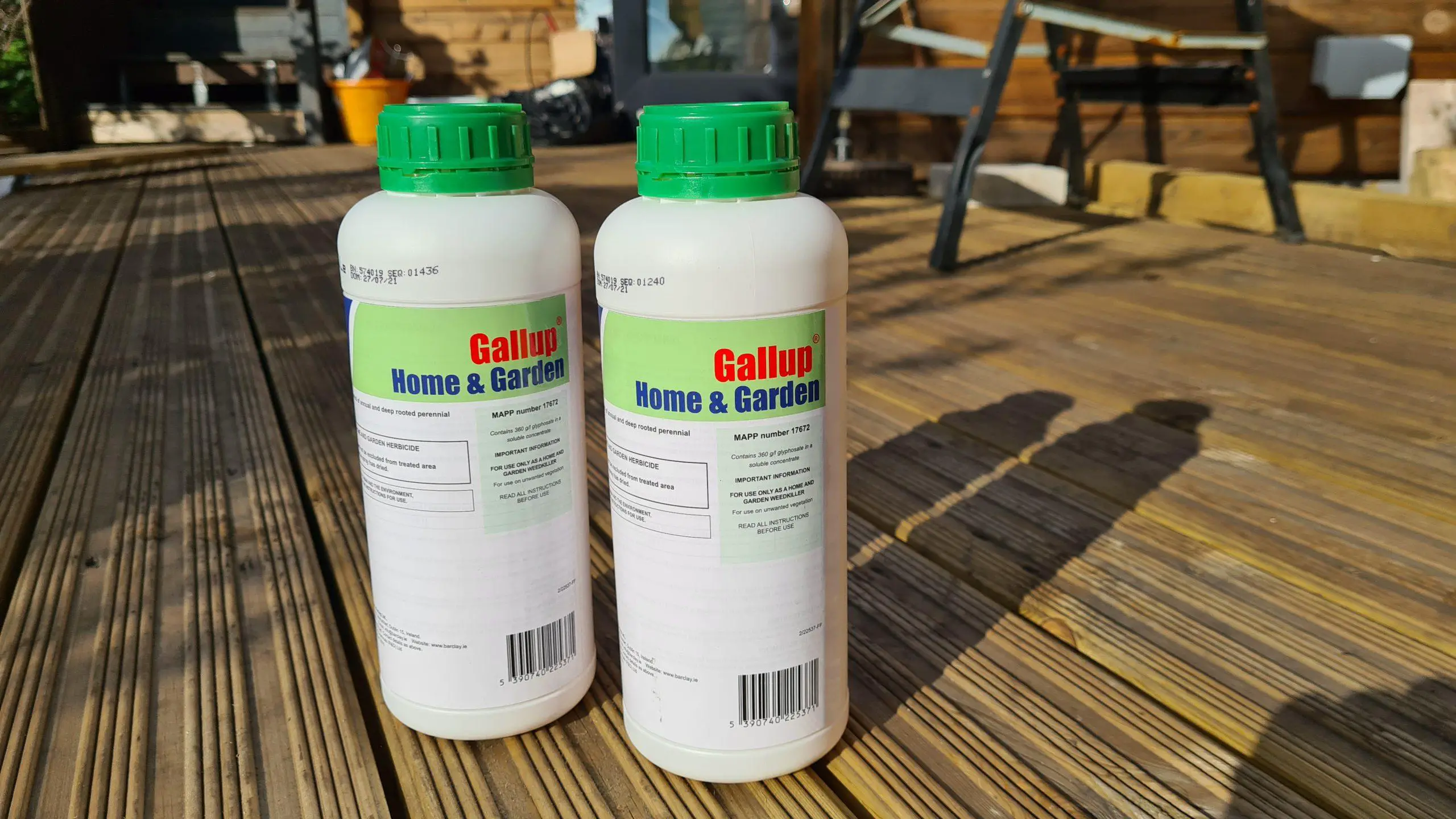
Herbicides
If you have a large infestation of Japanese Knotweed, you may need to use herbicides to control it. Herbicides can be effective, but they should be used with caution. Before using herbicides, make sure you understand the regulations and guidelines for their use.
Glyphosate-based herbicides are often used to control Japanese Knotweed. Glyphosate is a non-selective herbicide that kills most plants, so it should be used carefully to avoid damaging other plants in the area.
If you decide to use herbicides to control Japanese Knotweed, it is important to follow these steps:
- Choose the right herbicide: Glyphosate-based herbicides are often used to control Japanese Knotweed. Make sure you choose a herbicide that is approved for use in your area.
- Prepare the area: Before applying the herbicide, clear the area of any debris or other plants that may interfere with the application. Make sure you wear protective clothing and follow the instructions on the herbicide label.
- Apply the herbicide: Follow the instructions on the herbicide label carefully. Glyphosate-based herbicides are usually applied as a spray, but they can also be applied as a foam or gel.
- Monitor the area: After applying the herbicide, monitor the area for signs of regrowth. If the knotweed starts to grow again, you may need to reapply the herbicide.
- Dispose of the controlled waste: The waste from the herbicide application is considered controlled waste and must be disposed of properly. Check the regulations in your area for guidance on how to dispose of the waste.
If you are not confident in using herbicides, or if you have a large infestation, it may be best to hire a professional to apply the herbicide for you. Professionals have the knowledge and experience to use herbicides safely and effectively.
Excavation and Removal
If you have a severe Japanese Knotweed infestation, excavation and removal may be the most effective solution. This process involves digging out the entire root system of the plant and disposing of it as controlled waste.
Excavation and removal should only be carried out by a professional contractor with experience in handling Japanese Knotweed. Heavy machinery, such as excavators, may be required to remove the plant and its root system. This process can be time-consuming and labour-intensive, but it is the most effective way to eradicate Japanese Knotweed.
Once the plant and its root system have been excavated, it must be disposed of as controlled waste. This means it cannot be disposed of in a regular landfill site and must be taken to a licensed landfill site that can handle the controlled waste.
It is important to note that excavation and removal may not be suitable for all situations. If the Japanese Knotweed is growing near a water source or in a sensitive area, this method of treatment may not be appropriate. In these cases, other treatment methods, such as herbicide treatment, may be more suitable.
In summary, excavation and removal is a highly effective method of treating severe Japanese Knotweed infestations. However, it should only be carried out by a professional contractor with experience in handling the plant. The waste must be disposed of as controlled waste in a licensed landfill site.
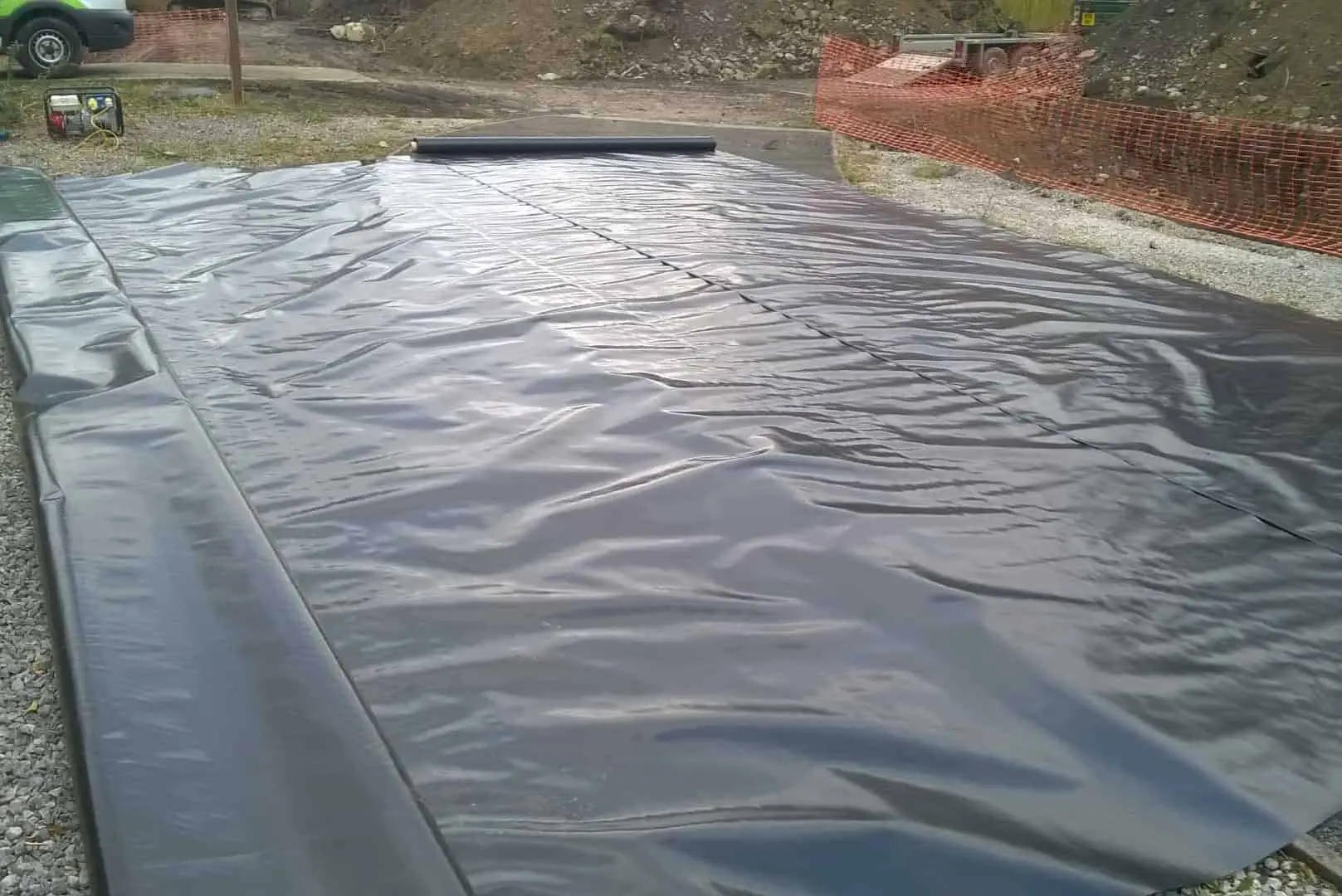
Smothering and Covering
One effective way to treat Japanese Knotweed is by smothering and covering it. This method involves covering the plant with a heavy material to prevent sunlight from reaching it. Without sunlight, the plant cannot produce energy, and it eventually dies.
To smother and cover Japanese Knotweed, you will need to follow these steps:
- Cut the plant down to ground level.
- Cover the area with a tarp or heavy material, such as rocks or bricks.
- Secure the edges of the tarp or material with stakes or rocks to prevent it from blowing away.
- Leave the covering in place for at least one growing season, or up to two years for larger infestations.
- Check the area regularly to ensure that the covering has not been disturbed and that no new growth has emerged.
It is important to note that this method may not be suitable for all situations. It works best for small infestations or areas where the plant is not too established. For larger infestations, you may need to combine smothering and covering with other methods, such as herbicide treatments or excavation.
Overall, smothering and covering can be an effective way to treat Japanese Knotweed. It is a low-impact and chemical-free method that can be done without the help of a professional. However, it is important to be patient and persistent, as it may take several years to completely eradicate the plant.

